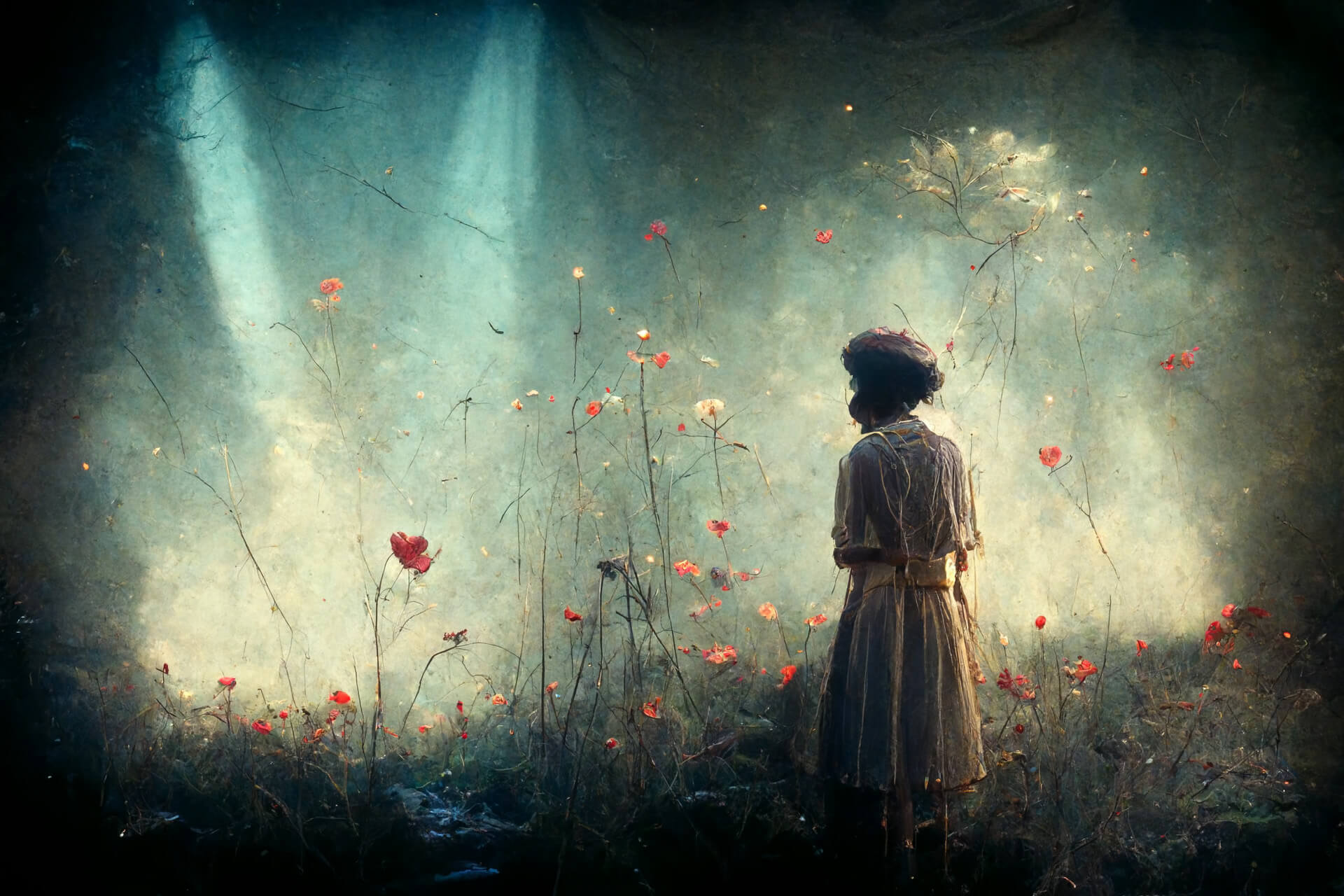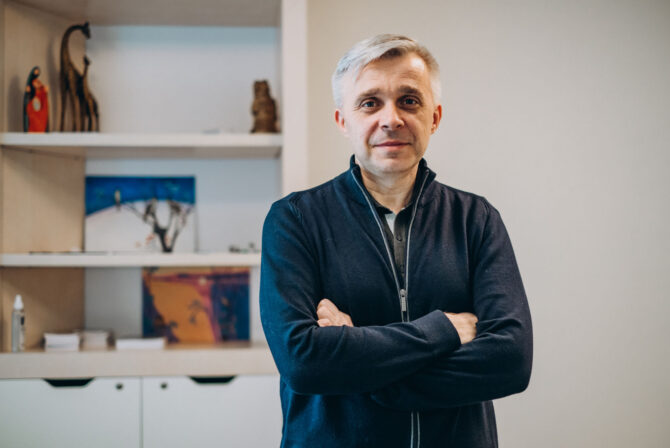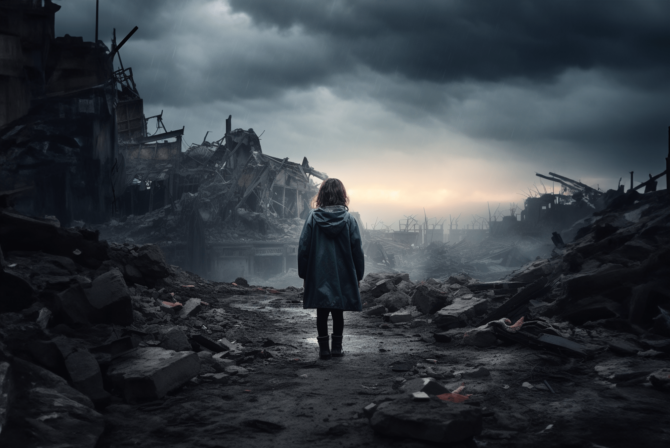The Ukrainians Media is an award-winning independent media company focusing on high-quality, long-form, and visual journalism. Our mission is to foster positive social changes in Ukraine.
This story was created thanks to the support of our readers. Please join The Ukrainians Community on Patreon and help us publish more important and interesting stories.
Some historical events often become landmarks, marking turning points and defining the future, but this fact is realized only a month, year, or even a decade later. February 24, 2022, is such a turning point for us. At 4 am, when Russian troops began their full-scale invasion of Ukraine, few of us pondered the question: “How should we honor the memory of our fallen compatriots?” However, it was no longer possible to hide, avoid this question, or pretend it did not exist. And after the tragic news from Bucha, Borodianka, and Hostomel, it became increasingly clear that we must address it.
The main challenge for Ukrainian society is the lack of a tradition of commemorating the fallen, regardless of whether they are military or civilian. More precisely, the Soviet tradition that prevailed is no longer appropriate today. Even more so, it does not fit Ukraine, which is now fighting the Soviet legacy, because this tradition has several key features contradicting the values we defend here and now.
First, it is state control. In the Soviet Union, the memory of heroes had to be sanctioned and allowed by the state. Spontaneous, grassroots commemoration initiatives were not only disapproved but also condemned and punished. And if the Soviet government could not defeat them, it applied the principle: if you can’t beat them, head them.
By the way, Soviet memory features are still preserved in modern Russia. A vivid example is the “Immortal Regiment” campaign. Initially, it used to be a grassroots initiative of schoolchildren who wanted to preserve and honor the memory of the war heroes who lived in the neighborhood. Yet, after the 2000s, it became an official propaganda event with no trace of the humanity it all began with.
Secondly, the Soviet method of commemoration was selective. Only those the state deemed worthy of honoring could be remembered or commemorated. Because of this, entire groups and categories of the population vanished from Soviet official memory. The tragedy of the Jews and the Holocaust were concealed. Life under occupation and captivity were also memory taboos. Moreover, they were stigmas that existed until the last days of the USSR, where state forms included the question: “Did you or your family and friends live under occupation?” And even among the military, not everyone had the right to be remembered, which is especially noticeable in the example of the Soviet partisan movement when some veterans were denied the status of partisans. Their experiences and struggles vanished as if they had never existed. The criterion in all cases was ideology: does remembering such people benefit the interests of the Soviet Union? If a partisan unit had no political instructor or commissar looking after its “ideological purity,” all its members came under suspicion of the Soviet authorities. Could they actually be considered partisans? Should they have the floor and share their experiences? Should they be part of Soviet collective memory?
And the third key feature is de-individualization and dehumanization. The Soviet authorities had little interest in actual, living people whose memory should be honored. All of them were just cogs in the ideological machine. The Soviet Union considered it superfluous to identify the fallen and ensure their names were not lost to history.
Such indifference manifested at the institutional level: in November 1942, the USSR abolished military dog tags, perhaps the primary tool for identifying the fallen. The 21st-century volunteer research evidenced the extent of this neglect of living people. In 2010-2012, one such volunteer group studied the remains of soldiers they (rather than the state!) had found in one of the districts of the Smolensk region. Only 60 out of 548 soldiers had dog tags by which they could be identified. And it turned out that only four were officially declared dead. Thirty-three appeared in the documents as missing in action. Three more were reported dead by unofficial sources. And twenty soldiers and officers were not even listed as part of the Soviet Army. In other words, a third of the identified fallen soldiers did not officially exist. So how could one remember them?
Ukraine should treat the victims of the Russian-Ukrainian war completely differently. Although it is a difficult task, we must preserve the memory of every man and woman who died at the hands of the occupiers. But this is painstaking and hard work.
At least one should mention the story of eight men executed in Bucha for being part of the Territorial Defense. The BBC made an hour-long documentary, I Call Him by His Name, to reconstruct this tragic event. Obviously, it took much longer than one hour to make this film. Apart from documentaries, there are real stories of people who suffered at the hands of the occupiers—in particular, published by Reporters, Texty.org.ua, and many other media. In addition, the newly created “Memorial” memory platform collects and stores information about all Ukrainian men and women killed by Russian occupiers.
Individualized memory is much more difficult to transform into a state-controlled construct. After all, it is a creepy and horrible fact that the Soviet authorities ignored the fates of individual soldiers but stubbornly erected memorials to the Unknown Soldier almost everywhere. Yet there is a logic to this: these memorials honor abstractions rather than people. Abstractions can be manipulated at will and adapted to the needs of an authoritarian regime—first of all, the need to legitimize its existence. For example, they would say that the entire people, in unison, were selflessly sacrificing themselves in the name of the state.
Perhaps the most articulate example is the Nazi People’s Hall (Volkshalle). Adolf Hitler initially wanted the names of all Germans who died in wars for their homeland to be engraved on its dome, but later abandoned the idea. I suspect that one of the reasons was that the Jewish citizens of Germany fought on the fronts of World War I no less bravely than ethnic Germans. But they did not fit into the Nazi racist ideology, so honoring abstract Germans was easier than remembering real people.
Individualized memory is a noble way of honoring the Ukrainian men and women who died in the Russian-Ukrainian war—without turning them into abstractions and their “appropriation” by the state. Therefore, such memory is also an “inoculation” against authoritarianism and dehumanization and an essential part of the new Ukraine we will start building after victory.
Danylo Sudyn, sociologist, assistant professor at the Ukrainian Catholic University, host of the “Game Rules” podcast.
Translated by Stanislav Ostapenko.
The Ukrainians Media is an award-winning independent media company focusing on high-quality, long-form, and visual journalism. Our mission is to foster positive social changes in Ukraine.
This story was created thanks to the support of our readers. Please join The Ukrainians Community on Patreon and help us publish more important and interesting stories.





